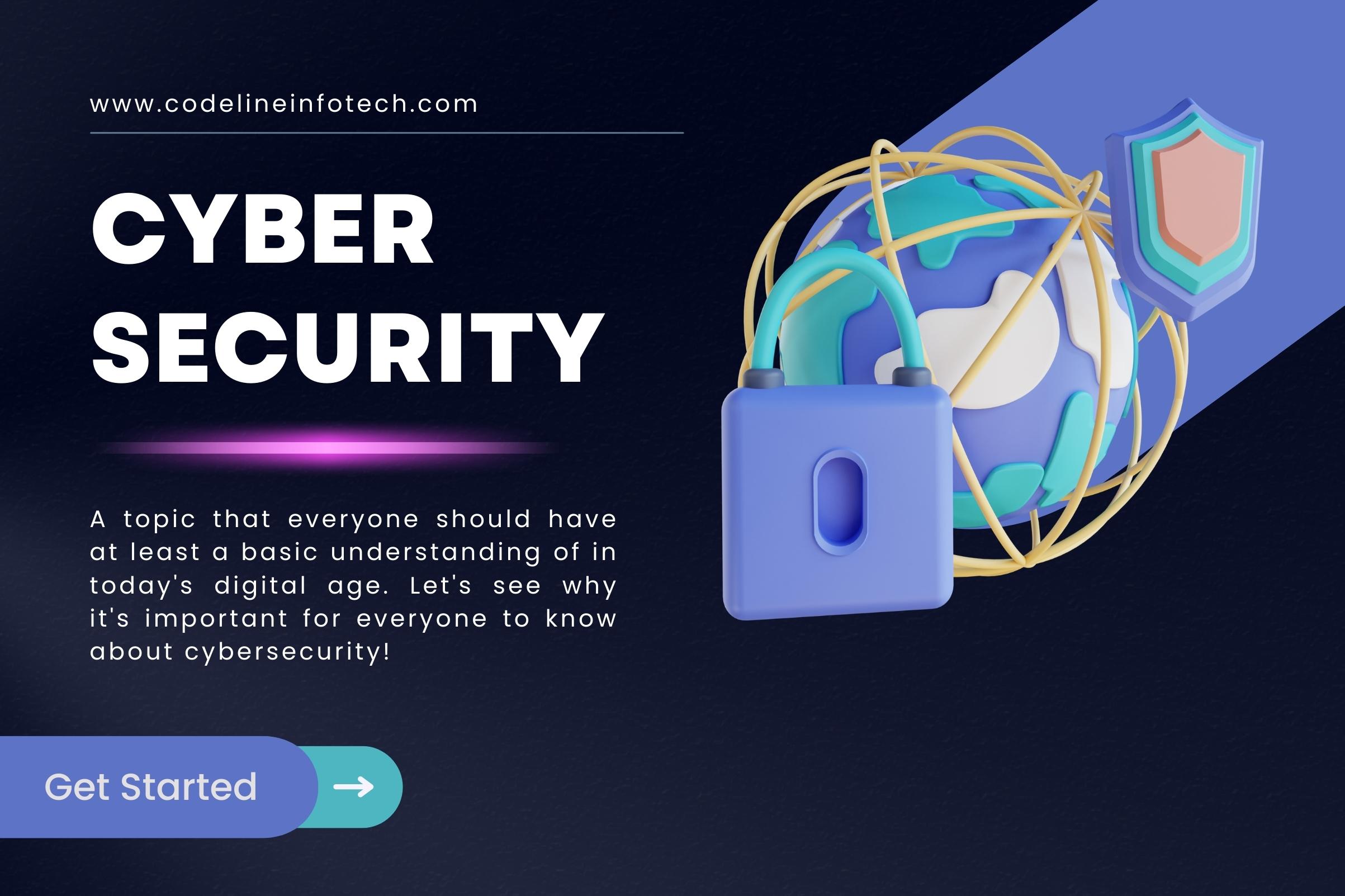BlogRead Our Latest Project

BlockChain a Detailed Introduction
All you need to know about blockchain technology
History of blockchain
- Blockchain isn’t just a database, it’s a new technology stack with ‘digital trust’ that is revolutionizing the way we exchange value and information across the internet, by taking out the ‘gatekeepers’ from the process. For a complete and more detailed deep dive read our full article.
Who Invented Blockchain?
- The first blockchain-like protocol was proposed by cryptographer David Chaum in 1982. Later in 1991, Stuart Haber and W. Scott Stornetta wrote about their work on Consortiums.
But it was Satoshi Nakamoto (presumed pseudonym for a person or group of people) who invented and implemented the first blockchain network after deploying the world’s first digital currency, Bitcoin.
What is Blockchain Technology?
- Blockchain technology is the concept or protocol behind the running of the blockchain. Blockchain technology makes cryptocurrencies (digital currencies secured by cryptography) like Bitcoin work just like the internet makes email possible.
The blockchain is an immutable (unchangeable, meaning a transaction or file recorded cannot be changed) distributed digital ledger (digital record of transactions or data stored in multiple places on a computer network) with many use cases beyond cryptocurrencies.
Who Owns Blockchain Technology?
- Because blockchain technology is the technology behind the blockchain, it cannot be owned. It’s like the internet. But anyone can use the technology to run and own their own blockchains.
Who Founded Bitcoin?
- Satoshi Nakamoto.
Who Sent and Received the First Bitcoin Transaction?
- Nakamoto sent ten bitcoins to Hal Finney, who built the first reusable proof-of-work system in 2004.
Why blockchain is important?
- Business runs on information. The faster it’s received and the more accurate it is, the better. Blockchain is ideal for delivering that information because it provides immediate, shared and completely transparent information stored on an immutable ledger that can be accessed only by permissioned network members. A blockchain network can track orders, payments, accounts, production and much more. And because members share a single view of the truth, you can see all details of a transaction end to end, giving you greater confidence, as well as new efficiencies and opportunities.
How Does Blockchain Technology Work?
- In recent years, you may have noticed many businesses around the world integrating Blockchain technology. But how exactly does Blockchain technology work? Is this a significant change or a simple addition? The advancements of Blockchain are still young and have the potential to be revolutionary in the future; so, let’s begin demystifying this technology.
Blockchain is a combination of three leading technologies:
· Cryptographic keys
· A peer-to-peer network containing a shared ledger
· A means of computing, to store the transactions and records of the network
Types of Blockchain
1. Public Blockchains: These are open networks where anyone can participate, and all transactions and data are visible to all network participants. Examples include Bitcoin and Ethereum.
2. Private Blockchains: These are closed networks where only authorized participants can access and verify transactions. They are often used by businesses and organizations for internal purposes, such as supply chain management.
3. Consortium Blockchains: These are semi-private networks where multiple organizations come together to operate a blockchain. They are typically used for specific purposes, such as creating industry-specific standards or streamlining supply chains.
4. Hybrid Blockchains: These are a combination of public and private blockchains. They allow for more flexibility in terms of access and transparency, while also providing a degree of privacy and control.
5. Permissioned Blockchains: These are similar to private blockchains, but with more granular access control. Only specific participants are granted permission to access and validate transactions.
Advantages of blockchain:-
Decentralization: One of the most significant advantages of blockchain is its decentralized nature. There is no central authority or single point of control, which makes it more resistant to censorship, fraud, and attacks.
Transparency: All transactions recorded on a blockchain are visible to all network participants, making it more transparent and trustworthy. This can be particularly beneficial in industries where transparency is essential, such as supply chain management, finance, and healthcare.
Security: Blockchain is based on cryptography, which makes it highly secure. Transactions are verified and encrypted using complex algorithms, making it very difficult for anyone to tamper with the data. This makes it ideal for storing sensitive information such as personal data and financial records.
Efficiency: Blockchain can automate processes and reduce the need for intermediaries, making transactions faster and more efficient. This can help businesses save time and money, and improve the overall customer experience.
Reliability: Blockchain is designed to be highly reliable and fault-tolerant. It is not dependent on any single entity or node, which means that even if some nodes fail, the network can still continue to function. This makes it more resilient and less prone to downtime or service disruptions.







